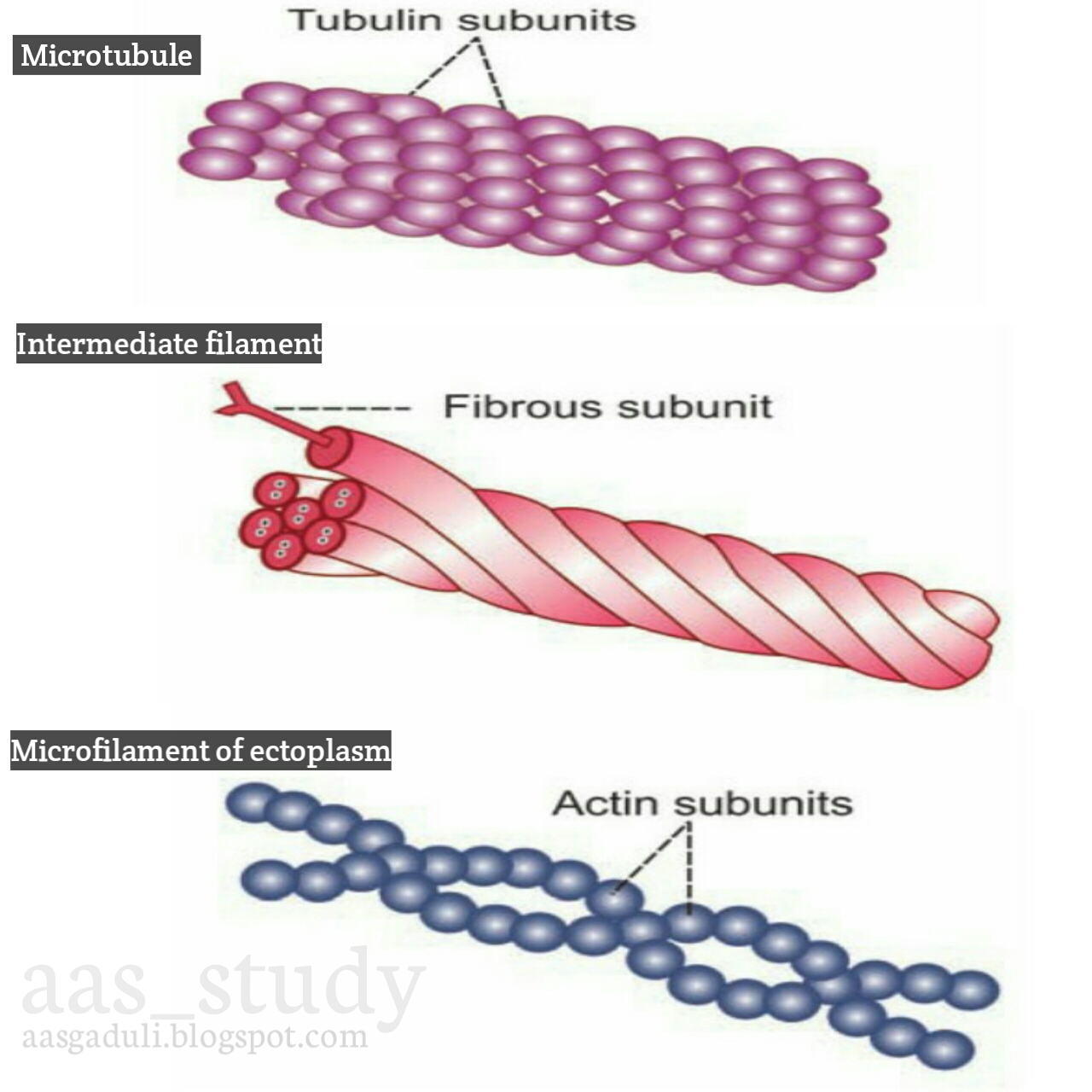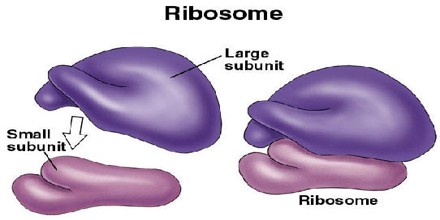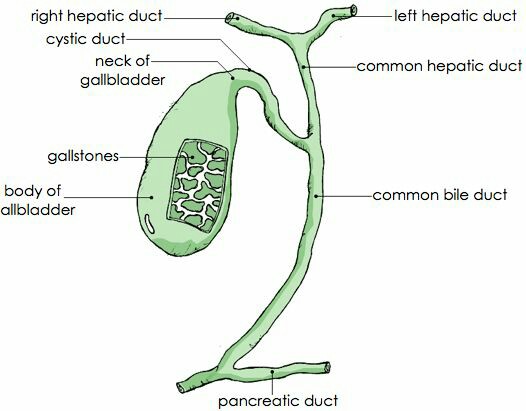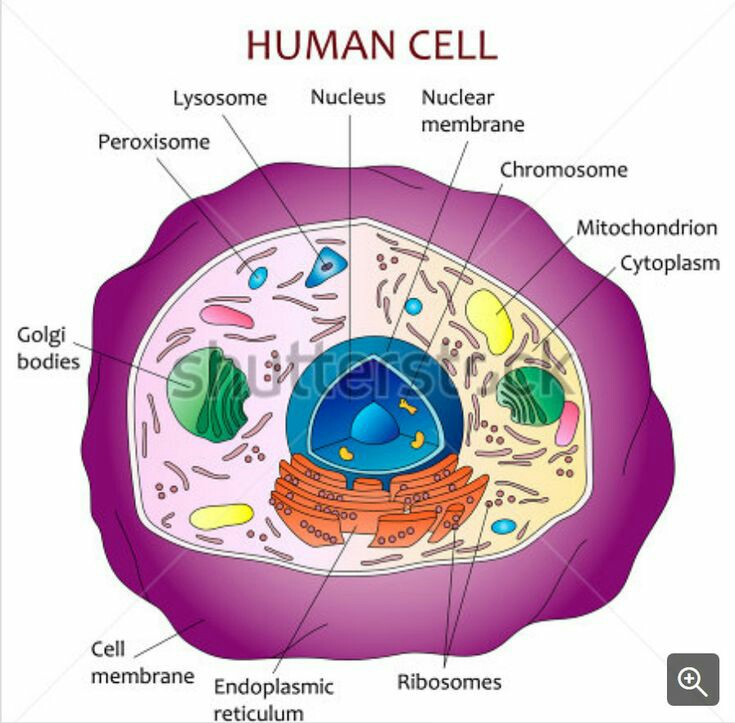Functions of skin

Functions of skin Introduction : skin is the largest organ of the body. It's thickness about 1-5mm according to location. Skin is made up following two layers... 1. Outer epidermis: formed by the stratified epithelium. 2. Inner dermis: formed by the fibroblast, collagen fibers and histiocyte. Download book (physiology symbulingum ). Functions : Protective function: skin forms covering of all organs of the body and protects from Bacteria, Toxic substances, Mechanical blow and Ultraviolet rays. Sensory function: skin is considered as the largest sense organ of the body. It has many nerve endings which form specialized receptors. These receptors are stimulated by sensation of touch, pain, pressure and temperature convey these sensation to brain. Storage function: skin stores fat, water, chloride and sugar. Vitamin D3 : vitamin D3 is synthesized in skin by the action of ultraviolet rays on cholesterol. Regulation of body temperature: Excess amount










